Lobsters are a type of seafood valued for their taste all over the world by just about everyone - from the common fisherman who caught them to the chef at the high-class French restaurant that arranged the prepared lobster in a warm platter as if drawing a picture.
Lobsters (Nephropidae or Homaridae) are a family of crustaceans of the Decapoda order, Pleocyemata sub-order. Lobsters have an elongated body which can reach up to 31 1/2″ (80 cm) and weigh up to 33 lb (15 kg).
The European lobster (Homarus gammarus) is quite popular in the Old World, caught along the shores of Europe. This particular species of lobster reaches 19 3/4″ (50 cm) in length and 24.5 lb (11 kg) in weight. Mainly they feed on small crustaceans and mollusks and are in their element during the night.
The lobster is highly valued as a food product and their populations are strictly monitored. In addition, lobsters are creatures unique in their nature. While we humans age and literally shrink, lobsters have self rejuvenating DNA. In other words, lobsters would be capable of living forever. Unfortunately most of them aren't given the chance because they quickly end up in the hands of fishermen proud of their catch.
Telomerase is an enzyme that rejuvenates the DNA of the lobster, allowing it to live without aging and reaching enormous sizes. Proof of this can be found in the Guinness Book of World Records, where a lobster weighing over 44 lb (20 kg) was recorded. Telomerase affects the telomeres which are found as caps at the ends of chromosomes and protect them from wear and tear.
Lobsters never stop producing telomerase. Perhaps that is why lobsters never show signs of aging - they never lose their appetite, experience changes in metabolism, nor lose their reproductive capabilities. Another interesting fact about lobsters - one in every 2 million is born blue colored, due to a rare gene.
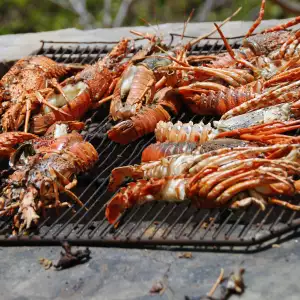
Composition of Lobsters
Lobsters, like all other seafood, contain quite healthy substances. They are rich in vitamins B3, B9 and B12. Additionally they are a rich source of minerals such as magnesium, phosphorus and zinc.
3.5 oz (100 g) of raw lobster contains: 112 calories, 20.6 g proteins, 2.43 g carbohydrates, 1.51 g fats.
Choosing and Storing Lobsters
When picking out a lobster at the supermarket there are several important things you need to know in order to purchase a quality one. The first and most important one is that small lobsters are preferred. If they happen to be large, you're better off not buying them; for example the European lobster can reach up go 6.5 lb (3 kg) but this in actuality means more shell, not more meat.
Lobsters weighing no more than 2 lb (1 kg) are preferred. If buying live lobsters, know that they are usually transported with their claws bound to prevent bruising. As a result of their immobilization, their claw muscles atrophy. Unfortunately this means less delicious lobster meat by the time they're ready to be cooked.
You always have the option of buying an already cleaned or even boiled lobster. The meat from the claws and body of boiled lobsters is delicious when it's white and hard. If you want to be convinced that the lobster you're buying is of high quality, ask the fish market owner to pull the meat from the lobster's tail.
It needs to snap back and remain taut, which is a sign that the lobster really was fresh before it was boiled. Keep in mind that all seafood spoils quickly. Take caution when buying a lobster, for a low quality product will almost certainly guarantee an upset stomach.
Cooking Lobsters
To prepare this seafood delicacy yourself all you need is a little courage and a lobster of around 2 lb (1 kg) (recommended). Fact is, a live lobster is relatively easy to prepare - just boil it in salted water, about 15 min. per 17.5 oz (500 g) of lobster, to cook it well and have it redden. An important step before boiling is to cool a live lobster for 2 hours. This way, our small delicious friends fall into a so-called comatose state, a more humane way of killing them.
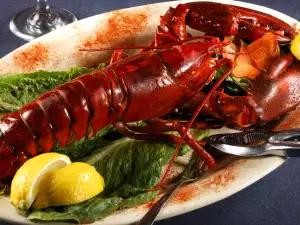
Once the lobster has been boiled you will need a sharp knife or strong scissors to cut it in 2. Naturally, the body, tail and shell are quite hard but it's not impossible to do. Once the lobster sits cut open in front of you, you have to find the dark vein that runs along the middle of the meat of the tail and remove it with the tip of a small knife. Also remove the gills and stomach.
Now it's time to deal with the claws. Hit them with the thick handle of the knife and remove the meat. Also take out the meat from the tail and cut it into small pieces. Here's a clever tip: rip off the lobster's legs and use a rolling pin to squeeze out the meat. You can place the meat from the claws in the cavity of the carapace or on top of the meat from the tail. It's delicious to serve as is but you can also add it to a recipe.
Recipe for sauteed lobster with white wine
Ingredients: lobsters - the meat of 1 boiled lobster, garlic - 1-2 cloves, chives - 2 bunches, white wine - 3 1/3 tbsp, salt, black pepper - freshly ground, cayenne pepper - 1 pinch, olive oil - 2 tbsp.
Preparation: If necessary, cut up the meat of the lobster that's been separated from the shell. In a Teflon pan, heat the olive oil and braise the thinly sliced garlic for a few seconds. Immediately after, add the lobster and pour the wine over it. Shake the pan until the alcohol evaporates and sprinkle with salt, black pepper and cayenne pepper. Sauteing lasts about 1 minute - it doesn't need more time. Serve the sauteed lobster with white wine in a platter, sprinkle with chopped chives and garnish with slices of lemons.
Benefits of Lobsters
Besides being delicious, lobsters are very healthy seafood delicacies. They are dietetic because they have a low content of fat. In addition, lobsters are famous for being one of the most potent aphrodisiacs.

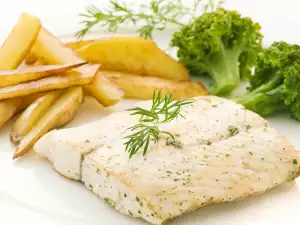
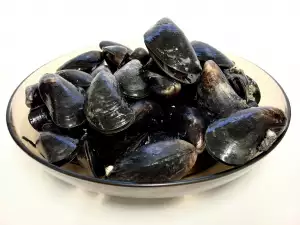
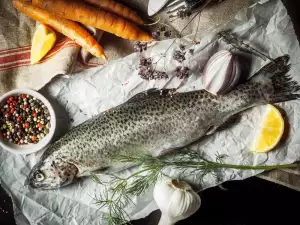
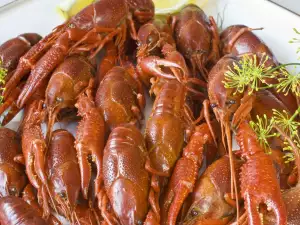


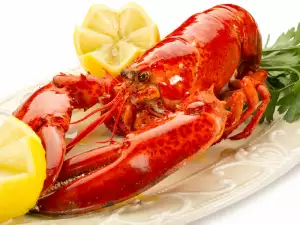

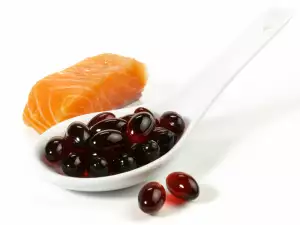
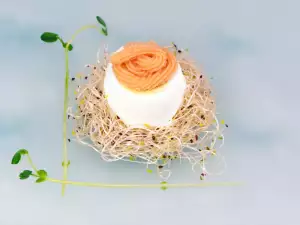
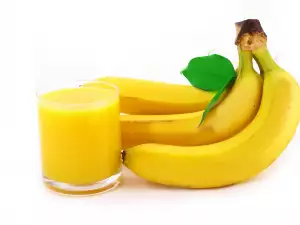
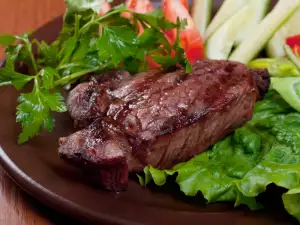




Comments